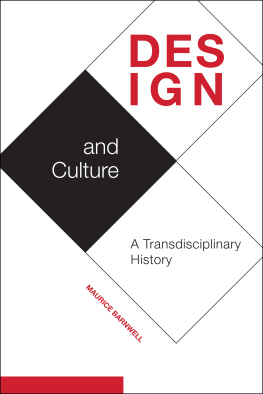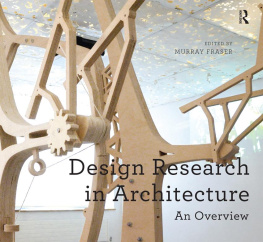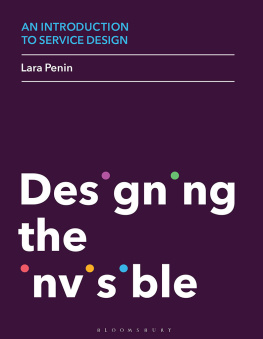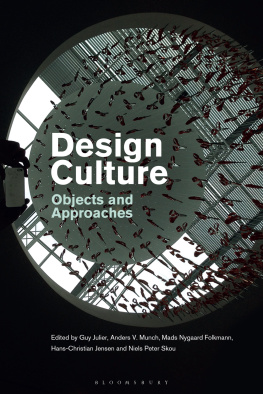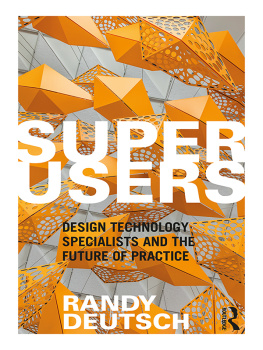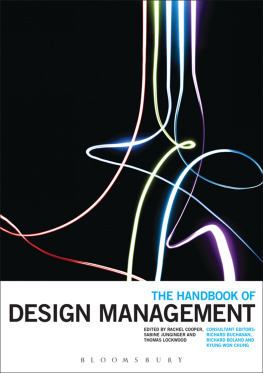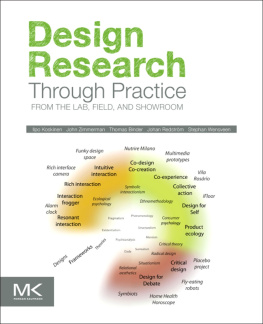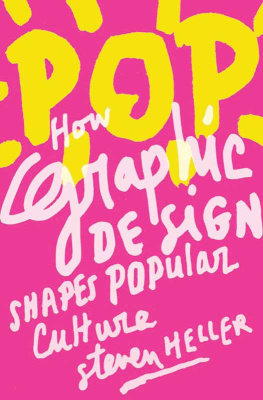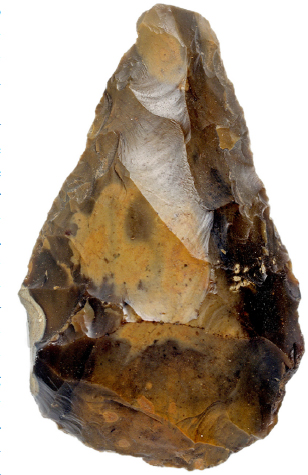Maurice Barnwell - Design and Culture: A Transdisciplinary History
Here you can read online Maurice Barnwell - Design and Culture: A Transdisciplinary History full text of the book (entire story) in english for free. Download pdf and epub, get meaning, cover and reviews about this ebook. City: West Lafayette, year: 2021, publisher: Purdue University Press, genre: Science / Art. Description of the work, (preface) as well as reviews are available. Best literature library LitArk.com created for fans of good reading and offers a wide selection of genres:
Romance novel
Science fiction
Adventure
Detective
Science
History
Home and family
Prose
Art
Politics
Computer
Non-fiction
Religion
Business
Children
Humor
Choose a favorite category and find really read worthwhile books. Enjoy immersion in the world of imagination, feel the emotions of the characters or learn something new for yourself, make an fascinating discovery.
- Book:Design and Culture: A Transdisciplinary History
- Author:
- Publisher:Purdue University Press
- Genre:
- Year:2021
- City:West Lafayette
- Rating:4 / 5
- Favourites:Add to favourites
- Your mark:
Design and Culture: A Transdisciplinary History: summary, description and annotation
We offer to read an annotation, description, summary or preface (depends on what the author of the book "Design and Culture: A Transdisciplinary History" wrote himself). If you haven't found the necessary information about the book — write in the comments, we will try to find it.
Design and Culture: A Transdisciplinary History offers an inclusive overview that crosses disciplinary boundaries and helps define the next phase of global design practice. This book examines the interaction of design with advances in technology, developments in science, and changing cultural attitudes. It looks to the past to prepare for the future and is the first book to offer an innovative transdisciplinary design history that integrates multidisciplinary sources of knowledge into a mindful whole. It shows design as a process that expresses goals through values and beliefs, functioning as a major factor in contemporary cultural life.
Starting with the development of the Industrial Revolution, the book focuses on the evolution of design and culture in the twentieth century to predict where design will go in the future. Given the major social and political shifts currently unfolding across the globe, and the resulting changing demographics and environmental degradation, Design and Culture encourages collaboration and communication between disciplines to prepare for the future of design in a rapidly changing world.
Maurice Barnwell: author's other books
Who wrote Design and Culture: A Transdisciplinary History? Find out the surname, the name of the author of the book and a list of all author's works by series.

